
Described by poet David McCord as “little lanterns sailing by, like stars across a mimic sky”, the sight of fireflies lighting up the night as they search for mates is a shining example of a wildlife spectacle.
Fireflies are also known as ‘lightning bugs’ and ‘glow worms’, but these alternative names are as taxonomically illiterate as ‘fireflies’, since these illuminating insects are in fact beetles from the family Lampyridae. More than 2,000 species are currently described and many of them are capable of emitting light, with aerial displays recorded from Mexico to Malaysia and Japan to the Phillippines. However, fireflies are perhaps best known and have been most comprehensively studied in the USA.
The magic trick of bioluminescence is, of course, not confined to beetles, with certain fungi, jellyfish, shrimps and plankton also capable of manufacturing light, at least in some capacity. The beetles’ bioluminescence is created by a highly efficient chemical reaction that results in the release of light with little or no emission of heat. Referred to as a ‘cold light’, this contrasts with incandescent light bulbs, where 90 per cent of the energy used to create the light is in fact wasted as heat.
Did you know?
Adult fireflies are 5mm to 25mm in length. Unlike most beetles, which have hardened forewings (called elytra), their forewings are soft and flexible.
This story is from the {{IssueName}} edition of {{MagazineName}}.
Start your 7-day Magzter GOLD free trial to access thousands of curated premium stories, and 9,000+ magazines and newspapers.
Already a subscriber ? Sign In
This story is from the {{IssueName}} edition of {{MagazineName}}.
Start your 7-day Magzter GOLD free trial to access thousands of curated premium stories, and 9,000+ magazines and newspapers.
Already a subscriber? Sign In
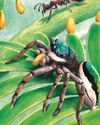
Jump Around - Bagheera Kiplingi - The acrobatic spider with a predilection for veggie food
Spiders eat flies, right? everyone knows that the 45,000 or so spiders in the world are all obligate carnivores, more or less – eating other animals, mainly invertebrates. Nature, however, loves an exception, and one particular spider missed out on that ecological memo. It goes by the wonderful scientific name of Bagheera kiplingi, and its claim to fame is that its diet is – at least mostly – vegetarian.
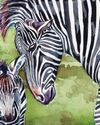
Female of the Species - Zebras - A strong sisterhood is key to staying safe
Zebras are masters of confusion. Their collective noun is ‘a dazzle’, which is fitting since their bodies and behaviour have been surprising scientists for centuries.
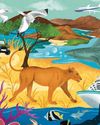
See It, Save It? - Wildlife tourism can be a powerful ally in protecting nature - but it can also harm it. We weigh up the pros and cons.
The sums of wildlife travel aren’t as simple as more tourists equals happier nature. How much did my visit really contribute to the conservation of Lady Liuwa and her habitat – and was that outweighed by carbon emissions from my flights? Did my presence disturb the animals’ natural behaviour more than it reduced the threat of poaching or benefited local communities?The question of whether wildlife travel is, on balance, good for wildlife is a complex one – and there’s no simple answer.

Can Your Really Offset Emissions? - Planning an overseas wildlife-watching trip entails facing some inconvenient truths
Imagine (or maybe you don't need to) that you hanker after the safari trip of a lifetime in sub-Saharan Africa. A 17-day tour beginning at the iconic Victoria Falls, passing through Zimbabwe, Zambia, Malawi and Tanzania, taking in some of the continent’s most wildlife-rich national parks, and ending on the lush island of Zanzibar.
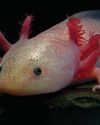
Metamorphosis: a life-changing event
WITH EVOLUTIONARY BIOLOGIST JV CHAMARY
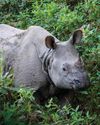
New series for BBC One: Asia
Settle in this autumn for a new natural-history extravaganza on BBC One and iPlayer: the longawaited Asia, presented by Sir David Attenborough.
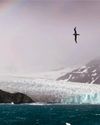
Loss of Antarctic sea ice could impact seabird food supply
Albatrosses and petrels may be forced to fly further to feed
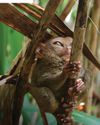
Tarsiers in trouble
Urgent action is needed to ensure survival of the Yoda-like primate

SNAP-CHAT
Chien Lee on shrew loos, rogue drones and being rained out of bed
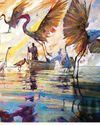
VISIONS OF NATURE
The winners of the Wildlife Artist of the Year competition 2024, from David Shepherd Wildlife Foundation